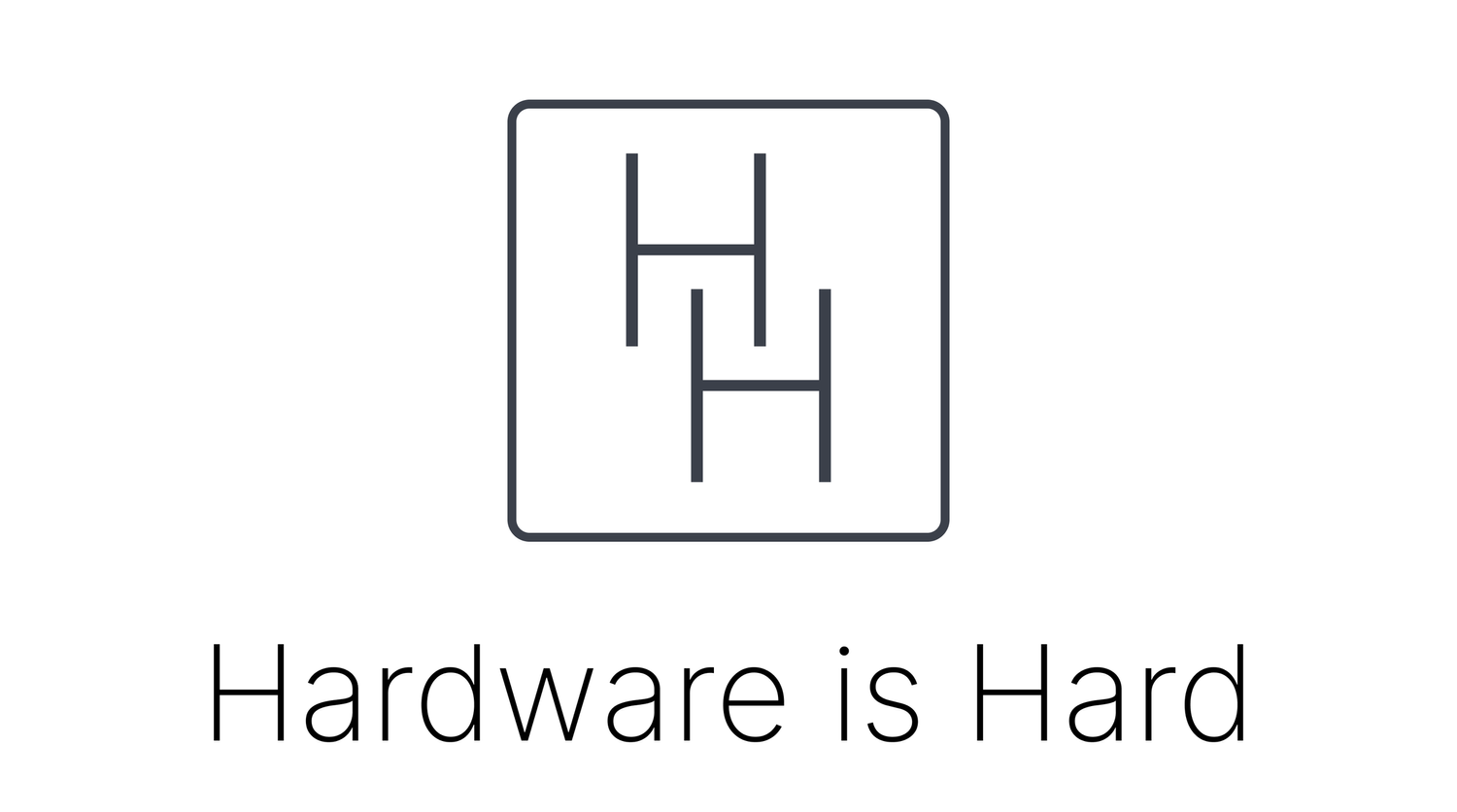Onshape Is The CAD Of The Future
Why did he decide to start from scratch?
Design teams now live in a spread-out world and need a platform that lets them collaborate across time zones, tech stacks, and even languages.
In a mobile-cloud-first world, people work via laptops, not old desktop PCs, and CAD should adapt to that.
As avid users we think Jon and his team absolutely killed it!
Onshape is a browser-based CAD software that integrates a Google Docs-like collaboration/version control interface with a classic CAD modeling environment.
It is absolutely phenomenal. We used it for every project we did in college and continue to use it on a weekly basis for side projects!
It’s intuitive, simple, and things exist where they should. Plus, new features and improvements are always coming out!
Onshape was created by Jon Hirschtick after he left SolidWorks (the most popular CAD software in the world), a company he had founded 17 years prior.
Our Favorite Onshape Features:
Laser Cut Finger Joints
Why Is Onshape The CAD Of The Future? → CAD In A Post COVID World
We love to look at data, and Google Trends is one of our favorite places to explore.
SolidWorks is the most popular software in the world due to its extensive educational efforts over the last couple of decades. Students receive SolidWorks for free in school, and then when they enter the real world, they want to use SolidWorks. It's that simple.
Onshape is following that exact same customer acquisition strategy, and COVID really accelerated it.
Look at the massive spike in interest in August/September of 2020.
Students went back to school remotely, and teachers wanted them to use/learn CAD. Not everyone has a PC desktop at home, so SolidWorks wasn't an option.
Interest skyrocketed for a cloud/web-browser native CAD software with real-time collaboration capabilities. It has been trending upward ever since.
The above data reflects relative interest, but on an absolute basis, the story remains consistent. SolidWorks' interest has generally remained stable, with a slight downward trend, whereas Onshape's growth is steadily increasing, with peaks correlating to the school year. The strategy is indeed working!
I believe that the majority of this interest lies within middle school and high school levels. However, as this generation of kids transitions into early-career mechanical engineers, they will likely prefer Onshape.
If you’re reading this, the odds are that you’re a ~college age mechanical engineering student, so let's explain why it is also the best software to use on campus for class projects!
Why Is Onshape The Best Choice For Projects?
One File, One Project
The story is consistently the same.
A four-person team project is divided into 10+ parts, with each member responsible for designing 2-3 parts. One student prefers Fusion360, two have access to Solidworks, and the final member insists on using Inventor. About 3-4 weeks into the semester, they encounter a problem.
How can the students consolidate all the files into one assembly? Should they use Solidworks? Do all the STEP files use the same units?
Even if everyone initially uses SolidWorks, setting up PDM is not a practical option. GrabCAD somewhat works but is cumbersome.
Oh, and to make things worse, not all the parts actually fit together. Everyone based their models on a few dimensions and some screenshots shared in the group chat, resulting in collisions. It's a chaotic situation. There are no viable solutions.
We wrote a comprehensive article (how to build an A+ project) explaining why Onshape is the best choice for such projects. Here's a basic summary:
Onshape allows all team members to work in the same file, using different tabs for various parts and one central assembly. Everyone can view all components at all times, eliminating the risk of overwriting someone else's work.
And, in case something goes wrong, guess what? You can roll back in the revision history, just like in a Google Doc, on a click-by-click basis. It's truly remarkable!!!
Onshape is also lightweight, so if someone is using a Chromebook or a Mac (the premiere CAD laptop 🤣), they can work on the project without late-night trips to the computer lab.
It's also extremely easy to learn, so if you have team members who don't have a ton of CAD experience, that's totally fine. They should be able to get up to speed in days, not months.
Sign up for a FREE educational account here and get started right now.
Break out those calipers and CAD the cup on your desk. Take Onshape for a spin!
Price
I was first introduced to Onshape when a startup I interned at was using it. Initially, I was extremely frustrated because it felt unnecessary to learn yet another CAD software, but I quickly became a convert.
Speaking of startups . . . Onshape does the craziest thing. They offer startups 1 year of free CAD. They understand you might be cash strapped when getting started and want to grow with you!
For Companies
Not working at a startup???
Onshape’s Discover Program gives you 6 month of free CAD if you sign up with your work email.
You should mention one/both of these programs to your managers
It could be a good idea to bring up either of these programs with your manager once you have a job/internship because these programs are new and your manager might not know about them yet
As an employee of a large company, you don't realize how expensive CAD software is.
There is the sticker price per user ($4,000-$8,000).
There is the Product Data Management (PDM) software cost per user (~$2,000).
Finally, there are the installation/maintenance/server costs ($5,000-$20,000+).






